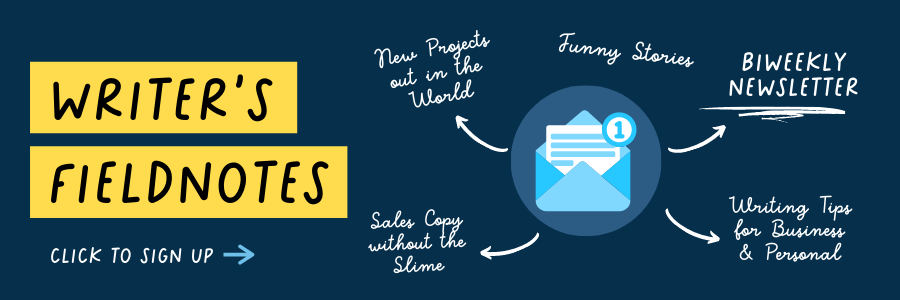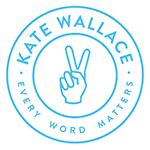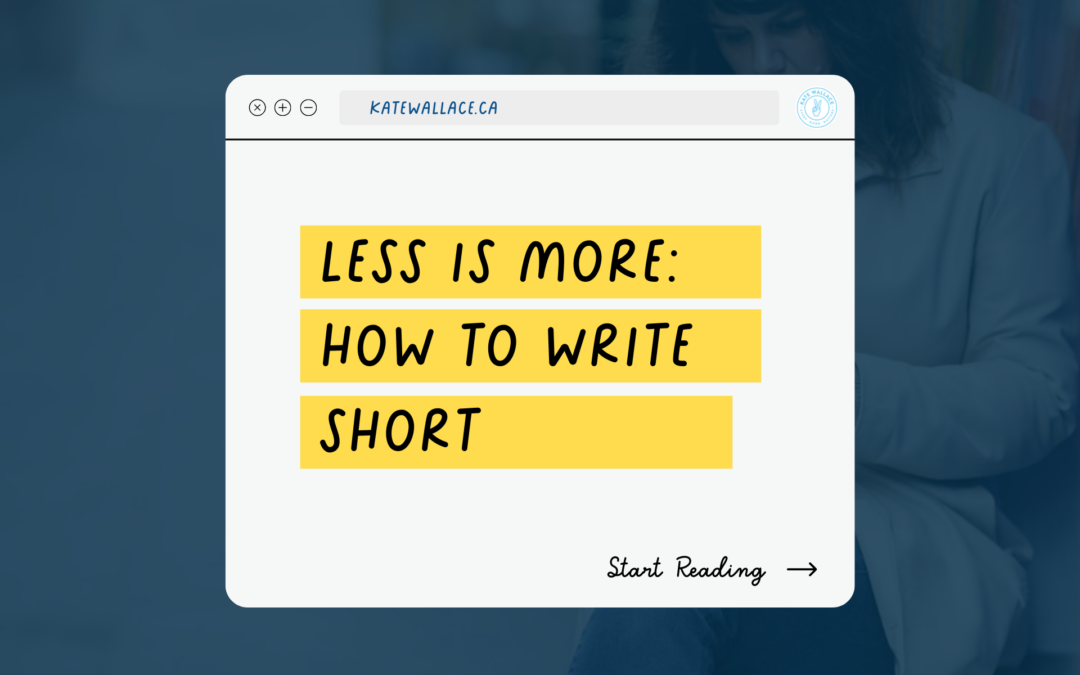In this age of “feeding the algorithm,” I’ll bet you find yourself struggling to crunch your ideas and stories into snappy little salvos to reach your audience on social media.
It’s frustrating, paring your big ideas down into small tweet-sized bites. It’s also damn hard. Writing shorter is much more time-consuming and complicated than writing a long- or free-form post. Packing a big punch with only a few words takes a lot of creativity and skill.
But please do not despair!!
There are many different (and even fun, I swear!) ways to craft a short, hooky piece of copy that will get lots of looks, clicks and read-throughs without burning you out. Here’s how.
Start With Why?
Even though I revel in wordplay and puns, sometimes the best way to get started (and keep it brief) is writing down only the basic facts.
In one sentence, what is your piece about? If someone remembered nothing else from your post, what is essential? Now write that again in seven words or less, in lean, direct prose that’s as short and specific as possible.
Often, you will end up with a line that’s not only direct but surprisingly compelling. This is also a great way to write that oh-so-very important headline for your longer piece of content (blog post, YouTube video, etc.) or the first line of your social media caption.
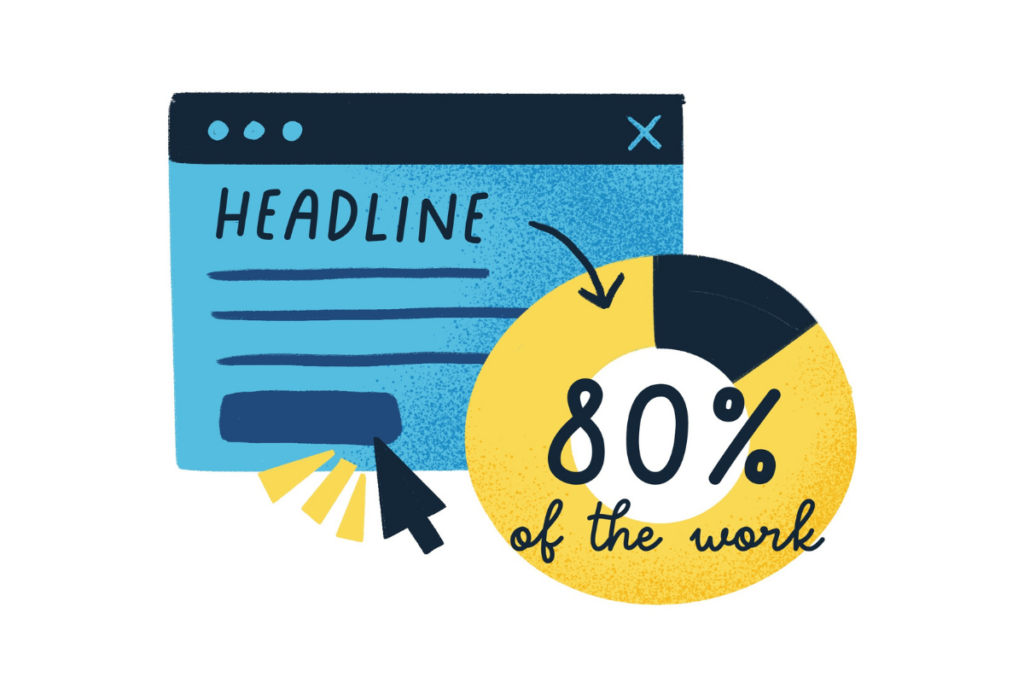
Invest In Your Opening Line
Social media is not unlike journalism; your first line will do 80% of the work. In journalism, it’s your headline; on Instagram or LinkedIn, the first few lines (or even words) do the heavy lifting to get you noticed.
David Ogilvy is a guru of Mad-Men era advertising whose advice still rings true:
“On average, five times as many people read the headline as read the body copy. When you have written your headline, you have spent eighty cents out of your dollar.”
David Ogilvy
Writing a great headline or opening line is an exercise in concision, creativity and brevity, three of the toughest-to-master elements of strong writing. This checklist keeps me on track to ensure I’m making the most impact possible. Pick one or two of the following suggestions:
- Inform: What basic facts are you trying to convey? I loved the New York Times series title: “What We Spent in a Month.” No adjectives, no flash, and compelling as hell.
- Improve: State the promise by emphasizing the gap between one’s current and desired end-states: “Sick of slaving over your starter? Sourdough for lazy bakers.” (I made that up, but I need that article in my life. Please forward it if you find it).
- Intrigue: If there’s something quirky or strange in your post, then, by George, use it! “Headless body found in topless bar” is an all-time favourite newspaper headline of mine.
- Identify: Create a connection with your audience by speaking their language through subject or word choice. “3 Instagram-Inspired Interior Design Trends to Buy, Like, Immediately.”
- Instigate: Sometimes, you want to challenge the status quo, shake things up, and arouse a reaction. A bold, contrarian or even controversial headline is perfect for these situations. Use sparingly for maximum impact.
- Itemize: Lists, roundup, top 10s: this headline lets your reader know you’ve got some quick-hit information. “33 Genius Products That’ll Actually Help You Get Some Work Done At Home.”
- Inspire: Bring on the big feelings! Inspiring headlines are all about driving emotion and nurturing empathy.
Still not sure if you’ve got a compelling headline or opening line? I recently discovered this fun tool that grades your headlines and gives suggestions to improve them!
Keep It Present and Active.
Write in an active (as opposed to a passive) voice whenever possible.
Not sure of the difference? No problem!
In active voice, the subject performs the action. In passive voice, the subject receives the action.
- Active: The cat chased the mouse.
- Passive: The mouse was chased by the cat.
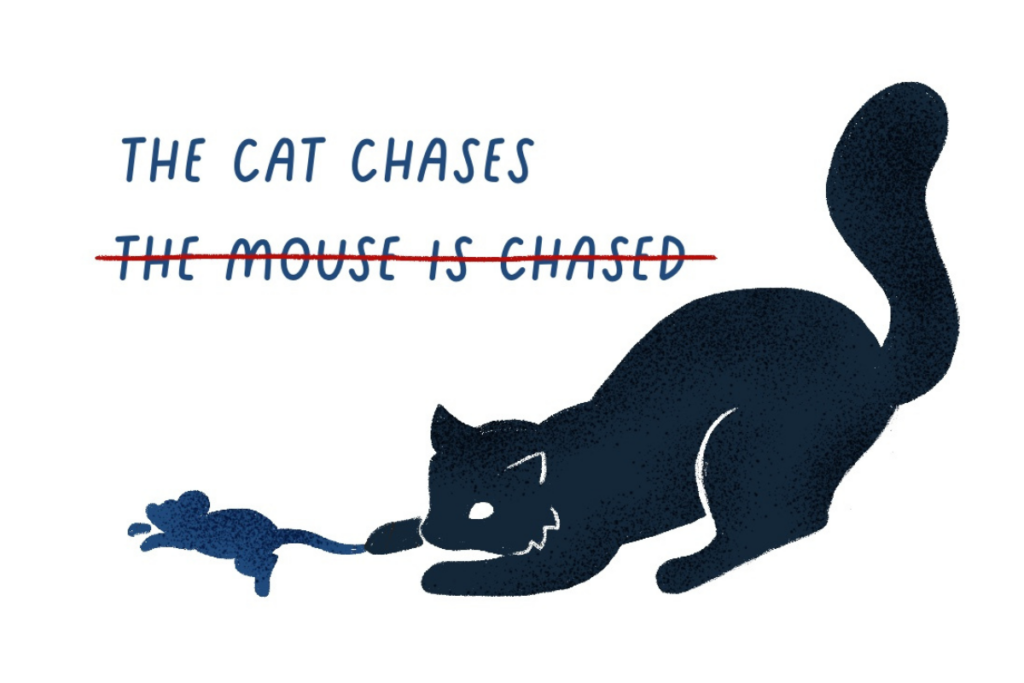
Writing in an active voice tends to use fewer words, a bonus when you’re trying to keep it brief.
Grammarly is a great tool to help spot passive construction. Not only will it flag it, but it gives rewriting suggestions. Thanks, robots!
Writing in the present tense also creates a sense of immediacy to grab and keep your audience’s attention and up the odds they’ll keep reading.
Write To Your Picture
You’d be hard-pressed to find a social media platform that doesn’t favour posts with a visual element: an image, short video or video thumbnail.
In my intro to TV broadcasting class in journalism school, my professor, a salty old CBC veteran, taught us to “write to the pictures” or “write to tape.” He meant we should aim for a complementary combination of our visuals and text or scripts, letting each play to its strengths for the most efficient use of limited timeslots and few words. So, while a photo or video clip told a specific story, the accompanying copy or text gave additional details: context, background, voice, and ‘colour,’ which is another way of saying those telling, specific little details that bring a story to life.
If you start with a strong visual, let it do the heavy lifting, trust in your audience’s intelligence, and use the bare minimum of words to fill in the blanks.

End With a CTA
If someone reads to the end of your short piece, the odds are pretty good you’ve got them hooked and wanting more.
End with a solid call-to-action or a question to which your audience can respond. Invite them to visit your blog for more posts, go to your website to learn more about your business (and maybe buy your product or sign up for your services), leave a comment or share your post to boost your social media engagement and help more people see you.
A few classic calls to action are:
- Click the link in your bio (to your blog or store)
- Leave a comment (usually as the answer to a question)
- Tag a friend (this is great for growing your reach)
- Post a photo using your branded hashtag
What’s your favourite way to maximize your impact by writing short?
